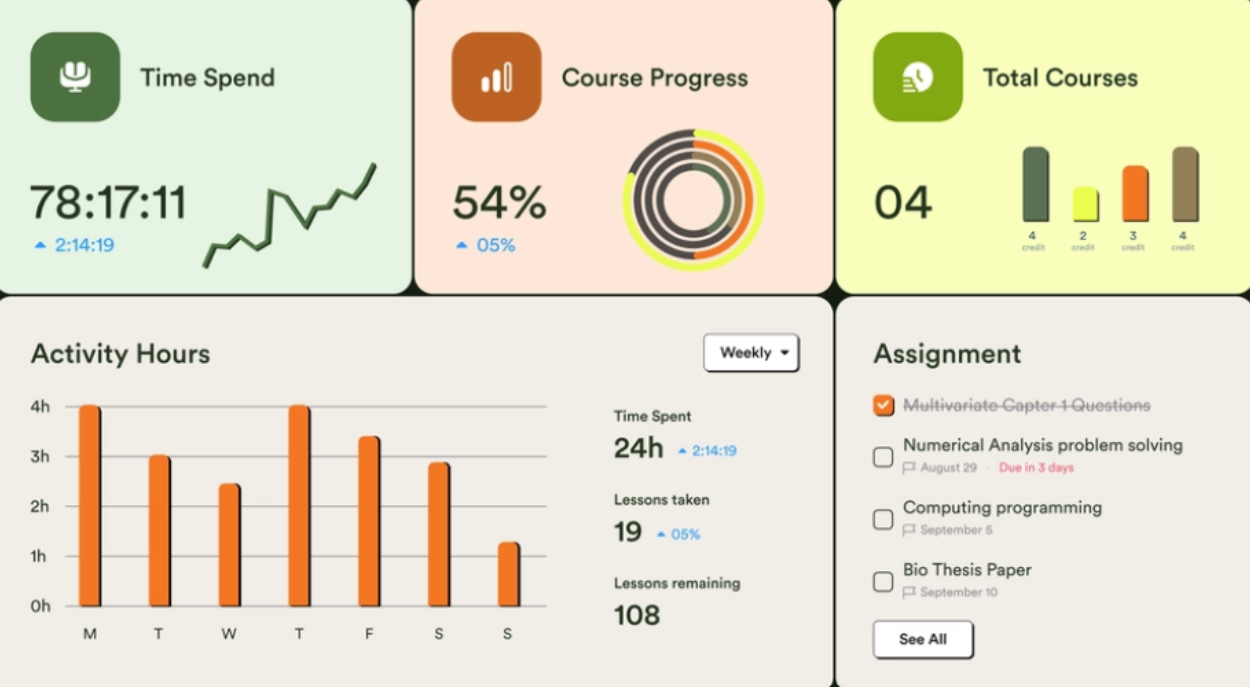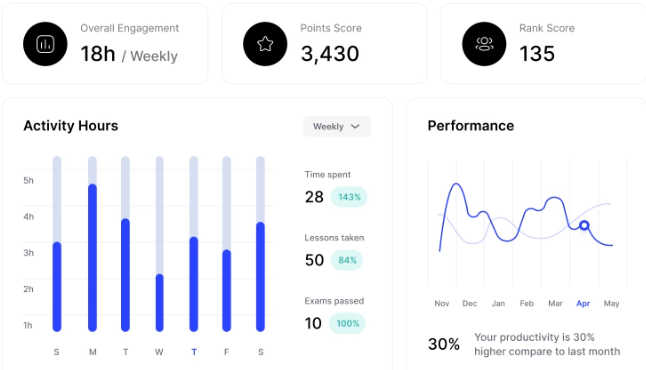Search



A Student Management System is a software that helps manage various aspects of student information, also known as a Student Information System (SIS). It is designed to coordinate scheduling and communication between faculty members regarding students. The main goal of this system is to simplify the tracking of student information for both parents and administrative staff.
Let's take a closer look at some of the features that these systems provide.
The primary objective of student-centric management systems is to make the management of information more accessible. Here are some tracking components that you may find in your information management system:
This type of management system is centered around students and differs from school management systems, which focus on other aspects of the school such as staff information, payroll, and billing data.
While school management and student management systems sound interchangeable, the main difference lies in the type of information being managed:
A school management system includes information related to staff, such as payroll, billing, and staff reviews. On the other hand, student management software is limited to information related to students, such as attendance, health records, and grade book information.

It's crucial to understand that student management is just one part of school management. While student management information systems can provide various services, they do not cover all aspects of school management. These services may include:
Having a consistent and clear understanding of their child's schedule is essential for both faculty members and parents. Field trips and academic study schedules are two examples of important information that help parents stay informed about what's going on with their children. This type of information is beneficial across all levels of education, from preschool to college.

Keeping track of grade book information is beneficial for various stakeholders, including parents and teachers. By providing a breakdown of a student's academic progress, parents can offer support to their children. Additionally, teachers can save time on answering questions about grades.
A reliable student management system should include features that offer a time-lapse of a student's grade point average over a specific period. This breakdown allows for better tracking of academic progress and enables teachers to identify areas where students might need additional support.
It is crucial to keep student health information private while tracking it. Health information should cover essential areas such as ADA accommodations. However, this information should be shared only with authorized parties. Having such knowledge can help school administrators and teachers address student needs effectively.
Having a student information management system that can track a wide range of information can lead to higher student engagement. But how can you tell if you have a good system? Here are some key indicators to watch out for:
A well-designed management system should have a straightforward onboarding process. It should not feel like learning rocket science. The onboarding process should not take more than a few days.
The interface should be easy to understand, even after the onboarding process. Ideally, it should be a system that you could feasibly understand without an onboarding process.
A comprehensive dashboard with graphical breakdowns of data can be beneficial. The idea is to understand what your data means at a glance.
Even with the best efforts of software developers, issues can arise. That's why it's essential to ensure that the people you work with have excellent customer service skills. You can gauge their customer service focus during the onboarding process.
The person responsible for onboarding should be approachable and welcoming. If they are not, it can reflect poorly on the entire company. You should feel comfortable working with them for an extended period.
For daycare businesses, it's essential to consider expansion potential when choosing software. This means selecting a product that can grow with your business, allowing you to run multiple centers and onboard additional staff over time.
A software system with expansion potential should be able to handle the growth of your business and any future programs you plan to implement. Transparency throughout the process is crucial, ensuring you can easily track your business's growth and progress.
When expanding your business, it's important to consider the cost of upgrading your software. It's not advisable to expand without having a clear understanding of the expenses involved. Therefore, you should be able to compare the cost of using the software for one daycare center versus three.
If your student software provider is unable to provide you with this information, it should raise some red flags. It could indicate that they might overcharge you or struggle to handle the demands of a larger version of your business.
Management software can be beneficial for various types of businesses, including technical schools, private schools, child care facilities, and public schools. The primary question that needs to be addressed is whether the software can improve efficiency. The answer should ideally be a resounding yes. If you are uncertain, it's recommended to discuss your concerns with someone who has experience with the software. They should be able to provide examples of how other schools have successfully used it.
When evaluating software providers, it's important to choose one that understands the unique needs of educational institutions. The best providers usually have experience working in the education industry. Don't hesitate to ask questions and ensure that the provider can think like an educator and administrative team. This will help ensure that the software meets the specific requirements of your institution.
Student management systems simplify the jobs of faculty members by providing them with a convenient platform to locate and organize data. This system facilitates teachers and student managers to track their students' involvement.
The main objective is to establish a situation that streamlines the work of administrators and educators. Therefore, it is recommended to experiment with various systems until you discover the one that suits your needs.